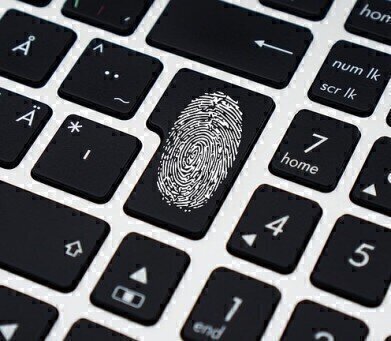Bioanalytical
Can Chromatography Dig Deeper Than Fingerprints?
Nov 16 2016
Using fingerprints is one of the most well-known methods of tracing criminals. They’re a tiny imprint left from the narrow ridges within the skin on your finger, and they’re completely unique to each person. They’ve even been used in the latest technology – newer models of the iPhone can recognise your fingerprint (or thumb print) and use it to unlock your phone. But is there a way of gaining more information from the surfaces we touch?
Mapping contact
Researchers from the University of California San Diego have created maps of human environments, which display traces of human contact with different surfaces. The heatmaps display the different levels of chemicals left by human contact. But how did they trace these chemicals?
First, they used liquid chromatography tandem-mass spectrometry (LC-MS/MS) to create a so-called “molecular inventory” of both the habitats and the people themselves. This gave them a collection of chemicals and the type of locations that different chemicals were found. Using mapping technology, the researchers were then able to create a 3D model of the household environment — showing the concentration of different chemicals on each surface.
Molecular fingerprints
The researchers found that humans leave a ‘molecular fingerprint’ on the surfaces they touch. With traces of personal care products, cleaning supplies, food and medication — the ‘fingerprints’ are personalised depending on who is most active in each area. In a car, for instance, the surface samples on the steering wheel will match that of the driver, while those on the passenger side will differ.
Moreover, more highly concentrated and consequently more accurate samples were found on surfaces we touch more frequently. Door handles, for instance, gave a better idea of the chemicals being transferred than the samples from walls and floors.
What this research demonstrates is a significant transfer of chemicals between humans and their surrounding environment. Around 50% of the chemicals picked up by LC-MS/MS were due to the presence of people in their habitat. Above all else, it’s a promising sign of a potential tool for forensic scientists in the future.
Preparing for analysis
The exposed nature of the substrates and chemicals in this case study meant it was a relatively simple process collecting samples. However, when LC-MS/MS is used to analyse biological samples like blood, it can be more complicated. These complex samples require thorough preparation and ultra-selective clean-up before they can be analysed, as discussed in ‘Navigating the Vast Array of Sample Preparation Techniques for Biological Samples – Whole Blood’.
Digital Edition
Chromatography Today - Buyers' Guide 2022
October 2023
In This Edition Modern & Practical Applications - Accelerating ADC Development with Mass Spectrometry - Implementing High-Resolution Ion Mobility into Peptide Mapping Workflows Chromatogr...
View all digital editions
Events
Jan 20 2025 Amsterdam, Netherlands
Feb 03 2025 Dubai, UAE
Feb 05 2025 Guangzhou, China
Mar 01 2025 Boston, MA, USA
Mar 04 2025 Berlin, Germany














